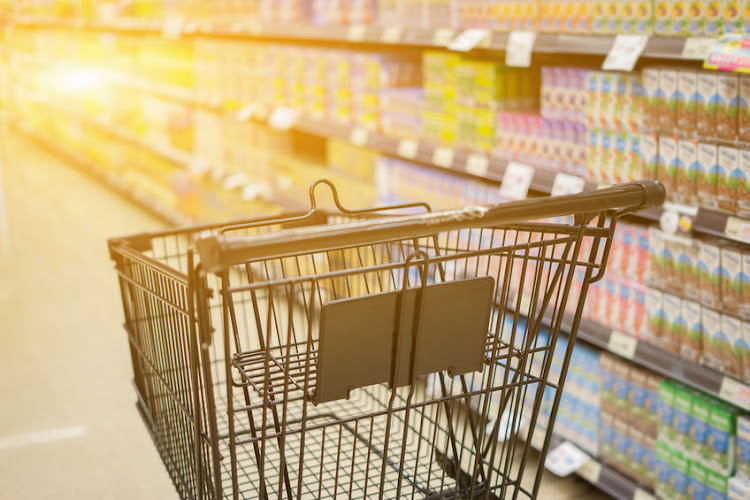Power crisis pushing up food prices

Inflation seems under control as rates hikes bite but purchases of generators and diesel to keep operations going are affecting food prices
This year’s big call for economists and market watchers will be what happens to consumer price index (CPI).
Markets are overreacting to each CPI print, selling off if it comes out above expectations and rallying if it comes out the same as or below expectations. It is as if central banks look at one CPI print and make policy decisions, but that is not what central banks do. They look at trends and underlying price dynamics, not individual data points.
January’s annual CPI was 6.9%, from 7.2% in December, which is the first sub-7% print in eight months. Core inflation, which excludes food and nonalcoholic beverages and energy, remained stable at 4.9%. Food prices, particularly meat, bread and cereals, fish, fruits and vegetables, continue to rise. Part of the reason for this is the increase in the cost of energy from all the purchases of generators and diesel to keep operations going.
Transport prices moderated sharply to 11.1% compared to a year ago, from nearly 14% last month. However, there is a risk from potential increase in oil prices after Russia’s decision to cut oil production by 500,000 barrels a day at a time when the Chinese economy is reopening and US strategic oil reserves are at a multiyear low. Restaurants and hotels also fell to 5.5% from 7.8% the previous month. This is the here and now that markets focus on, which does not take a longer trend perspective.
The accelerating inflation trend in 2022 was driven by supply constraints in the energy sector due to the Ukraine war, in addition to the tail end of the impact of the Covid-19 disruptions. Those pressures have eased, though they are not yet at pre-Covid levels. Global food price inflation has also come down on the back of a decline in oil and fertiliser prices.
The aggressive interest rate hikes are now biting, which is visible in moderating sales of durable goods, property and vehicles, mostly financed by credit. This will be a strong disinflationary factor not appreciated well enough.
There is an inconsistent narrative in inflation discussions. The SA Reserve Bank has argued for some time that inflation is no longer just supply-side driven but has a strong demand element. Inflation watchers have bought into this narrative. There has also been a consistent downward revision in economic growth, primarily due to intensive load-shedding but also due to higher interest rates. One would think lower economic growth would translate to lower demand and therefore lower inflation, at least that part that is demand driven.
If we overlay the normalising supply-side factors as countries found solutions to the logistical impact of the Ukraine war, prices should come down faster than many seem to expect in the second half of the year. A year ago 90% of countries experienced rising inflation. That now sits at 30%, which shows that much of the world is experiencing moderating inflation and this is likely to continue in the second half of the year.
The risk to domestic inflation is the potential for a rise in oil prices after Russia’s production cuts, a potential weaker exchange rate should the US Federal Reserve continue hiking rates for longer than expected, food prices on the back of the effect load-shedding is having on supply, and the price of energy.
Absent any other shock, disinflation will be the most important theme for markets this year. It will also be important for businesses and households, which have faced a cost-of-living crisis since the start of Covid-19. Disinflation will also set the stage for a rise in real wages into 2024, which will be a boost for economic growth.
So, while inflation will remain sticky over the short term, there is a possibility that this will change in the second half of the year in a way that will improve economic prospects in 2024.
